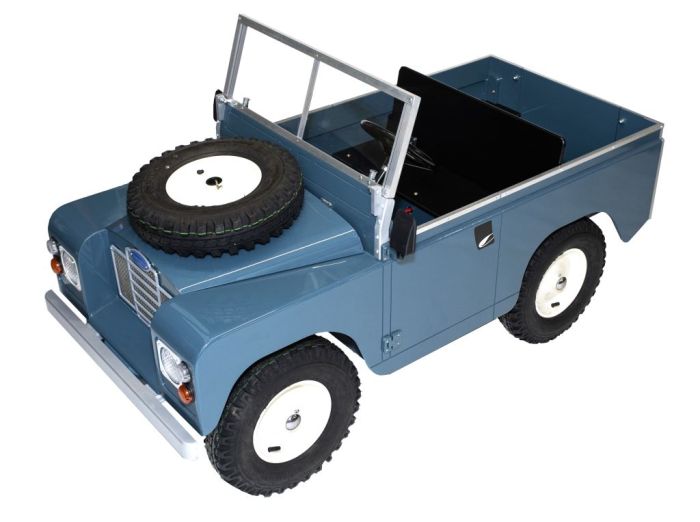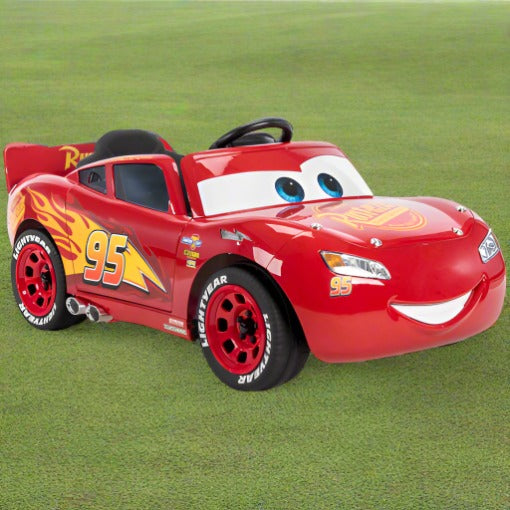Handy Advice For Choosing Kids Ride On Cars
Wiki Article
What Features Should You Look Out For When Choosing A Ride-On Car For Your Older Children?
To ensure safety, suitability and enjoyment of your child's ride-on car, you should consider their height, age and development stage. Consider these factors:
Younger Toddlers (1 to 3 years old): Look for ride-on vehicles specially designed for this age group. They feature a simple and sturdy design, easy controls, and features such as buttons, steering wheels or levers. Pick cars that have large bases for greater stability.
Children older than (3plus years old) - As children grow older, they can handle more advanced ride-on cars with added options and features. Consider vehicles with adjustable seats and higher weight capacities. Also, look for interactive features like working lights, sounds and music. Choose a ride-on car that has adjustable speed settings and parental controls. This will allow you to cater to various levels of ability and provide security.
Size
Weight and height are important factors to consider when choosing the best ride-on for your child, it is important to consider your child's size and weight. Pick a car with a an appropriate weight and height that is comfortable for your child. Avoid small or large cars that are uncomfortable to drive or dangerous.
Comfort and Legroom - Check that the ride-on car has plenty of legroom for your child to have a comfortable seat. Check the dimensions of the car's seating area to ensure that it is suitable for your child's height and stature.
The Developmental Stage
Motor Skills - When selecting the appropriate ride-on, you should consider your child’s motor skills and coordination skills. The older children might be able to operate more sophisticated control systems and interactive features, while younger toddlers might require a simpler control.
Independence and Confidence: Ride-on cars help children gain confidence and independence as they learn to manage and control their vehicle. Select a vehicle for your child that allows them to independently learn to steer and brake as well as improving their motor abilities.
When you are choosing a ride-on automobile take into account your child's preferences and interests. Pick a car with themes, colours or features that appeal to your child whether it's a classic truck, sports car or a themed character vehicle.
If you take into consideration your child's age, height, and developmental stage You can select an ride-on vehicle that's safe comfortable, enjoyable, and fun, providing hours of fun and learning opportunities for your child as they explore and play. Follow the recommended kids cars for website tips including 2 seater electric cars, lambo toy car, electric two seater cars, toy the car, riding digger, toy car toy car, car electric ride on, lambo toy car, ride a toy, toy the car and more. .

What Is The Main Difference Between Outdoor And Indoor Use Of Car Models For Children?
Outdoors or indoors, children' cars are designed to work in various conditions and settings. Here are a few different features of these cars Indoor Use Cars
Size and Weight: Cars that are designed for indoor usage tend to be lighter, smaller and easier to maneuver in small spaces like hallways, living rooms or playrooms. They are small enough to fit through tight corners and narrow passageways without damaging walls or furniture.
Low Ground Clearance for Indoor Use cars have low ground clearance to prevent them from getting stuck or getting caught up on obstructions such as carpets, rugs, or thresholds. This allows cars to move smoothly and without interruption across indoor surfaces without danger of it becoming stuck or falling over.
Smooth Wheels Smooth Wheels: The wheels on indoor cars are usually made from smooth materials like plastic or rubber. This creates the traction and grip needed for smooth surfaces like flooring made of hardwood laminate floors, tiles. They are designed with a minimum of noise to prevent scratching and scuffing on indoor surfaces.
Limited Speed - Indoor use cars usually are slower to make sure that they are safe and secure within restricted space. This helps prevent accidents or collisions with walls, furniture, or other obstacles commonly encountered in indoor areas.
Outdoor Use Cars -
Durable Construction - Cars designed to be used outdoors are constructed with tough materials like tough plastic or metal to stand up to rough handling and elements of the outdoors such as sunlight, moisture, and temperature fluctuations. They are less susceptible to wear and tear caused by exposure to conditions outside.
Higher Ground Clearance - Outdoor use cars have a higher clearance to navigate bumps, uneven terrain or other obstacles that are encountered outside. This allows them the ability to traverse rough terrains, such as dirt, grass, or gravel without getting trapped or causing damage.
Traction Tires: The tires on cars used for outdoor use usually have treads, or patterns that increase grip and traction while driving over uneven or slippery surfaces. This aids in maintaining control and stability while driving on uneven terrain.
Weather Resistance. Outdoor vehicles are typically equipped with weather-resistant parts like sealed electronics, waterproof casings and rust-resistant material. This is to protect them from environmental damages. These vehicles can take on rain, mud or even puddles without sacrifice in performance.
High-Speed - Vehicles designed for outdoor use have higher speeds because they are designed to handle the open spaces and long distances encountered in nature. This lets children experience the thrill of a thrilling ride when exploring the outdoors.
Parents can pick a car for their children that suits their requirements, whether indoors or outside, by taking into consideration the design and features. This will guarantee the safety, enjoyment and lasting play experience. View the top rated click here about Audi kids car for site examples including two seater childrens electric cars, a toy car, kids electric cars, electric car ride, remote control childrens electric cars, toy and car, ride on toy, 2 seater electric cars, childrens digger, cars pedal car and more. .

What Factors Should I Consider Prior To Purchasing An Electric Car For My Kids? What Are The Pros And Cons?
Take note of these points before buying an electric vehicle for your kid to ensure that you buy the best car for your child. Here are a few important considerations and information about prices sizes, dimensions, pros and cons.
When choosing an electric child's car, it is important to consider the height and age of your child. Children who are smaller and younger may choose compact, lightweight cars. While older children and those with larger bodies might require larger cars that are able to accommodate them comfortably.
Cars Dimension and Weight –
Electric cars for children are available in a variety of dimensions. The range of sizes is from small replicas to large-scale replicas. Be aware of the dimensions and weight of the car in relation with your child's age, strength and size.
Price range -
The cost of electric children's automobiles can differ significantly based on a variety of factors, including brand, size, features and the design quality. Micro-sized models are generally less expensive, with costs between $50 and $200. On the other hand, larger-scale models can range between $200 and $800 or more for high-end, licensed replicas.
What are the pros and cons?
Pros -
Electric Kids' Cars - These cars are great for entertainment and imaginative games. Children can enjoy the excitement of owning their own car.
Motor Skill Development. Operating an electric vehicle helps children develop coordination abilities spatial awareness, coordination and fine motor skills.
Electric cars are perfect for outdoor activities. They promote physical activity.
Realistic Features- A lot of electric children's cars have realistic features, including functioning headlights and horns. They also have support for MP3 players, which enhances the experience.
Cons
Costs - Electric children's automobiles, especially licensed replicas of the most well-known brands, can cost a lot.
Battery Life - Electric vehicles rely on rechargeable batteries for power. These batteries may have limited run times and require frequent recharging.
Safety concerns Electric vehicles are dangerous if not driven responsibly under the supervision of an adult. They can cause accidents, fall, or even entrapment.
Assembly and Maintenance – Some electric vehicles will require assembly at the point of arrival. They may also need regular maintenance, like cleaning, battery treatment and repair or replacement of parts.
Features and Accessories
Think about the features that come with the electric car for kids. These include working headlights and horns, remote parental controls, seat belts, and storage compartments. Pick a model that fits your child's preferences and interests.
The most suitable electric vehicle for your kid will ultimately be determined by their age, their size, their preferences and your budget. Be sure to compare the various models, look them over and consider the pros and cons before making a decision. Have a look at the recommended kids cars kidscars.co.uk recommendations for site advice including kids electric cars, remote control childrens car, car electric ride on, remote control childrens electric cars, ride ons, ride ons, childrens ride on, car toy toy, electric ride on cars, toy ride and more. .
